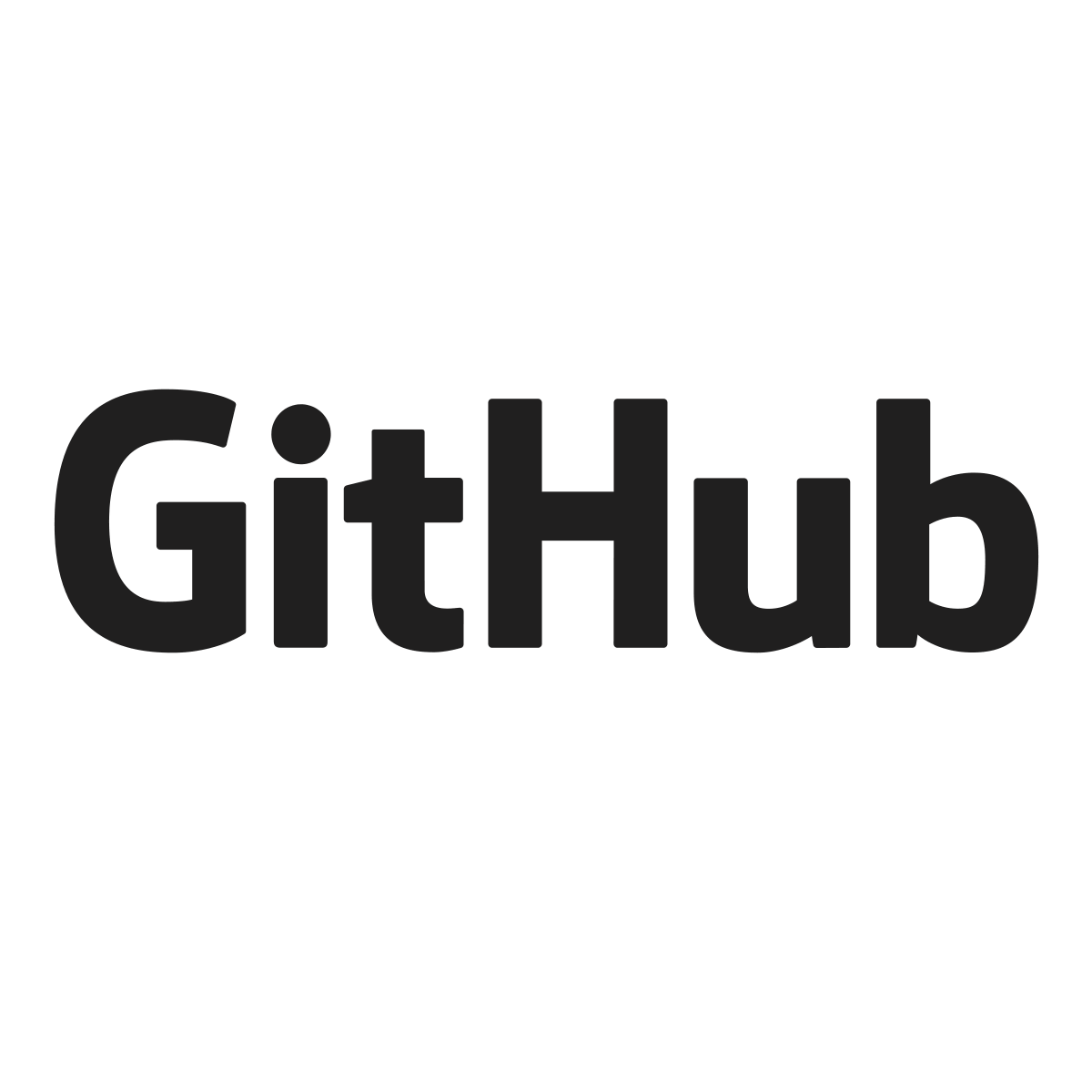Originally posted by Britoid
View Post
And despite KDE, Gnome, other DEs and smaller monkey-patched environments being "separate platforms", they interoperate in the X world because of well defined underlying protocols like EWMH.
It's only Gnome on Wayland that is the outlier.
Originally posted by Chugworth
View Post


Comment